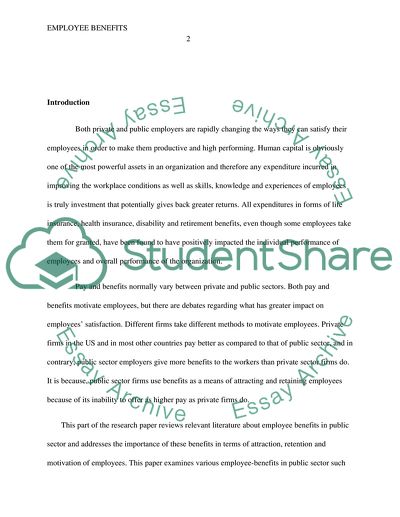Cite this document
(Employee Benefits in Public Sector Research Paper, n.d.)
Employee Benefits in Public Sector Research Paper. Retrieved from https://studentshare.org/human-resources/1783917-employee-benefits-in-public-sector
Employee Benefits in Public Sector Research Paper. Retrieved from https://studentshare.org/human-resources/1783917-employee-benefits-in-public-sector
(Employee Benefits in Public Sector Research Paper)
Employee Benefits in Public Sector Research Paper. https://studentshare.org/human-resources/1783917-employee-benefits-in-public-sector.
Employee Benefits in Public Sector Research Paper. https://studentshare.org/human-resources/1783917-employee-benefits-in-public-sector.
“Employee Benefits in Public Sector Research Paper”, n.d. https://studentshare.org/human-resources/1783917-employee-benefits-in-public-sector.


